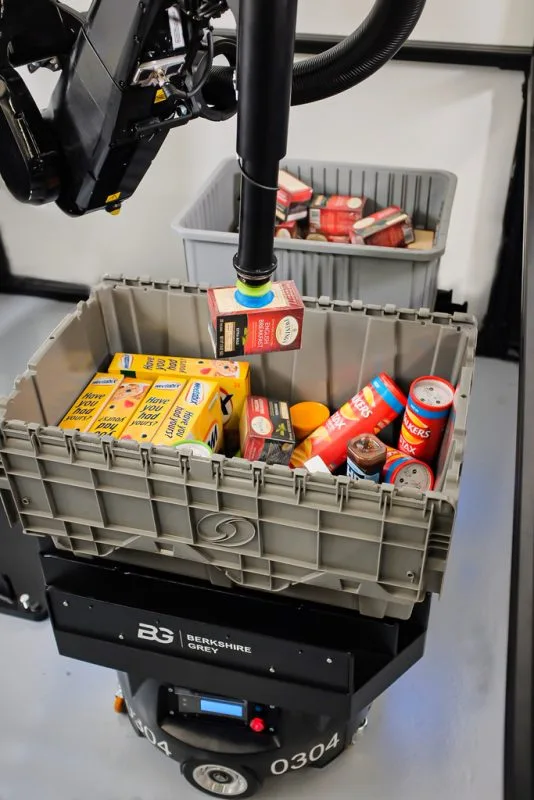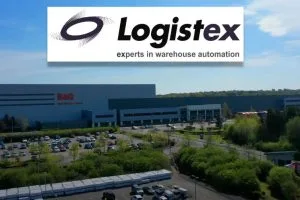Taking a fresh look at item picking for eComm
Uncertain demand, increasing fulfilment costs and more complex logistics processes to support multiple channels to market, including the growth of eComm, are some of the challenges faced by retailers today, says Nigel Lahiri.

SOME OF the specific challenges associated with eComm order fulfilment include orders typically taking 3x the labour to fulfil compared with a store fulfilment order, high service level expectations including accuracy and speed to ship, and a pick pack process which sometimes includes value-added services.
How can retailers meet these challenges through the implementation of flexible automation? Flexible automation refers to technologies such as AMRs, which don’t require large infrastructure projects and change management, can be implemented incrementally to meet current requirements, and be scaled to meet future demand and process changes. They can also be implemented at speed, in some cases in a matter of weeks, and can be purchased via flexible commercial models such as Robots as a Service (RaaS).
How can robots, including AMRs, help address these specific challenges?
When it comes to picking, AMRs offer a variety of solutions designed to minimise labour, reduce pick errors and product damage (by reducing the number of times a SKU is handled), and can optimise processes such as pick & pack.
There is an increasing number of AMR options that offer item picking capability. For example, Goods-to-Person (GTP) options include mobile shelf solutions and roaming shuttle AMRs that offer denser tote-based storage with AMRs servicing pick stations.

Once an order is picked, smart move AMRs can move totes/cartons to the packing/VAS areas of the warehouse, and from there to outbound sortation which means the entire end-to-end pick/pack/sort process can be automated.
Which approach is right for my operation?
With so many options available, the question is; which is the right AMR technology, or combination of technologies, that will deliver the greatest value for your operation? Also, how do you integrate these technologies with your existing systems and processes?

The answer is to work with a Systems Integrator that has a broad view of the technologies available, and has the skills to model and simulate a variety of concepts. A systems integrator, such as Logistex, will use data analysis to design the most suitable solution controlled by a software platform (WCS) which has the capability to orchestrate tasks across a range of flexible and traditional automation, as any combination of these could be appropriate.
Conclusion
Today the challenges for retailers are significant, and existing or outdated logistics approaches will not meet them, so now is the time to evaluate new approaches and to adopt new technologies fast in order to meet customer demands in an optimised way.
Nigel Lahiri, robotics solutions specialist, Logistex
For more information, visit www.logistex.com




